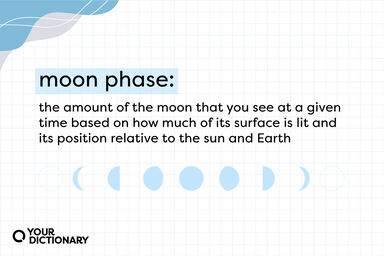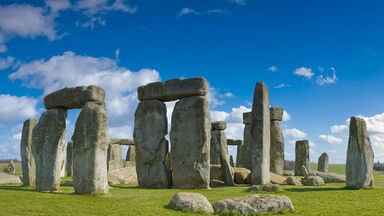There is usually a short gap between the canine and first premolar; the upper molars are short-crowned and transitional between the bunodont (tubercular) and selenodont (crescentic) types, with two outer concave tubercles and two inner conical ones; while the lower molars are crescentic, with three lobes in the last of the series..
Each of the lower molars carries two crescentic ridges.
In the upper molars the two outer columns or tubercles of the primitive tubercular molar coalesce to form an outer wall, from which proceed two crescentic transverse crests, the connexion between the crests and the wall being slight or imperfect, and the crests themselves sometimes tubercular.
The lower cheekteeth have, unlike those of the Tapiroidea, crescentic ridges, which have not the loops at their extremities characteristic of the advanced Hippoidea; the last lower molar has no third lobe.
Flanking strata are even better exhibited in the Bighorn Mountains, the front range of northern Wyoming, crescentic in outline and convex to the northeast, like the Laramie Range, but much higher; here heavy sheets of limestone arch far up towards the range crest, and are deeply notched where consequent streams have cut down their gorges.





